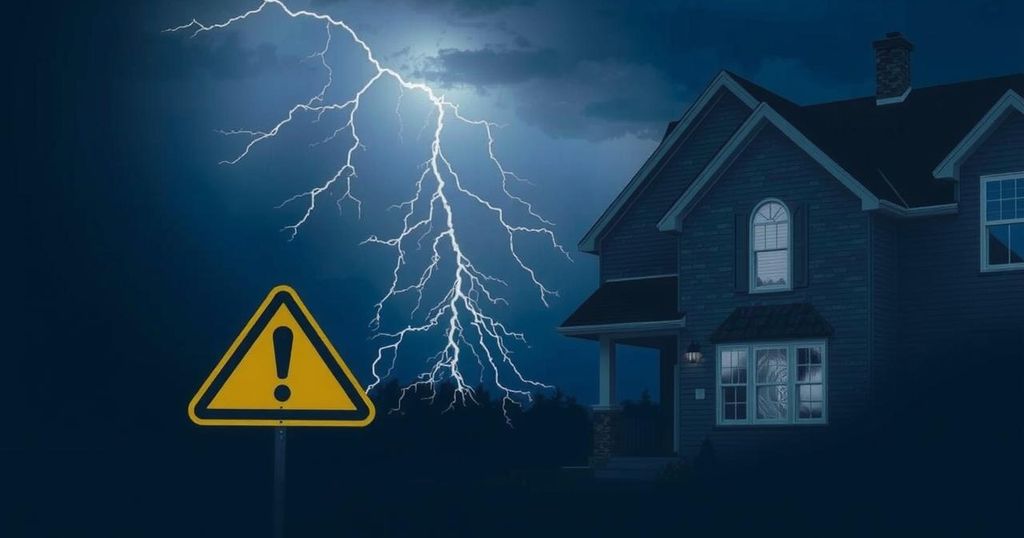Preparing for Hurricane Season: Ensuring Family Safety Amidst Rising Storm Intensity
The article reports on the alarming increase in severe storms during the current hurricane season, urging families to prepare as forecasters predict up to 24 named storms, with several expected to reach major hurricane levels. Key warnings are issued by oceanographer Isaac Ginis regarding the impact of climate change on storm severity, urging proper preparedness and awareness for safety during severe weather.
As hurricane season continues, communities are reminded to remain vigilant in the face of increasing storm activity. The National Oceanic and Atmospheric Administration (NOAA) has projected a tumultuous season for 2024, suggesting the possibility of up to 24 named storms, with an alarming seven expected to reach major hurricane status. The recent catastrophic impact of Hurricane Helene has underscored the need for urgency in preparing for severe weather events. As ocean temperatures reach historic highs from the coast of Africa to the Gulf of Mexico, experts warn that these climatic conditions contribute to the growing prevalence and intensity of hurricanes. Early this July, Hurricane Beryl marked a significant milestone by becoming the earliest recorded category five hurricane in the Atlantic, demonstrating just how severe and unpredictable this season can be. With climate change exacerbating these conditions, university experts emphasize that even halting carbon emissions now would not yield immediate benefits—projecting a substantial lag of at least a decade before any noticeable changes occur in the climate. Isaac Ginis, an oceanographer at the University of Rhode Island, noted, “Even if we stop emitting carbon dioxide today, it will take 10, 15 years for the climate to get back to normal.” This situation makes it imperative for families to prioritize preparation for hurricanes and other severe weather events. Ginis highlights that the dangers posed by slower-moving hurricanes, which can cause devastating flooding, should not be underestimated. He advises that, “Six inches of water can knock down an adult, or two feet of moving water can essentially sweep away a vehicle.” In light of these dangers, residents are encouraged to prepare adequately before storms, remain indoors during storms, and stock up on essential supplies in the aftermath. “There is no reason and justification to die during the storm these days. They just need to heed the warning and listen to the forecasters,” Ginis warned. The hurricane season will remain active until November 30th. To ensure preparedness, individuals can visit http://www.ready.gov/ for guidance on preparing their homes and businesses. Additionally, downloading the FEMA app serves as a personalized resource to help optimize disaster readiness.
The article discusses the increasing threat of hurricanes during the current hurricane season, particularly in light of the heightened temperatures in oceanic waters that may lead to more powerful storms. With projections indicating an above-average number of named storms and major hurricanes, the piece stresses the importance of preparing beforehand and emphasizes the role of climate change in fueling these occurrences. The insights from oceanographer Isaac Ginis particularly underscore the urgency for community awareness and preparedness.
The current hurricane season illustrates the growing risks associated with climate change and the increasing severity of storms. With proactive measures, such as preparation and heeding warnings from experts, families can significantly enhance their safety during such events. The importance of remaining vigilant and informed cannot be overstated as the hurricane season approaches its peak.
Original Source: www.walb.com




Post Comment